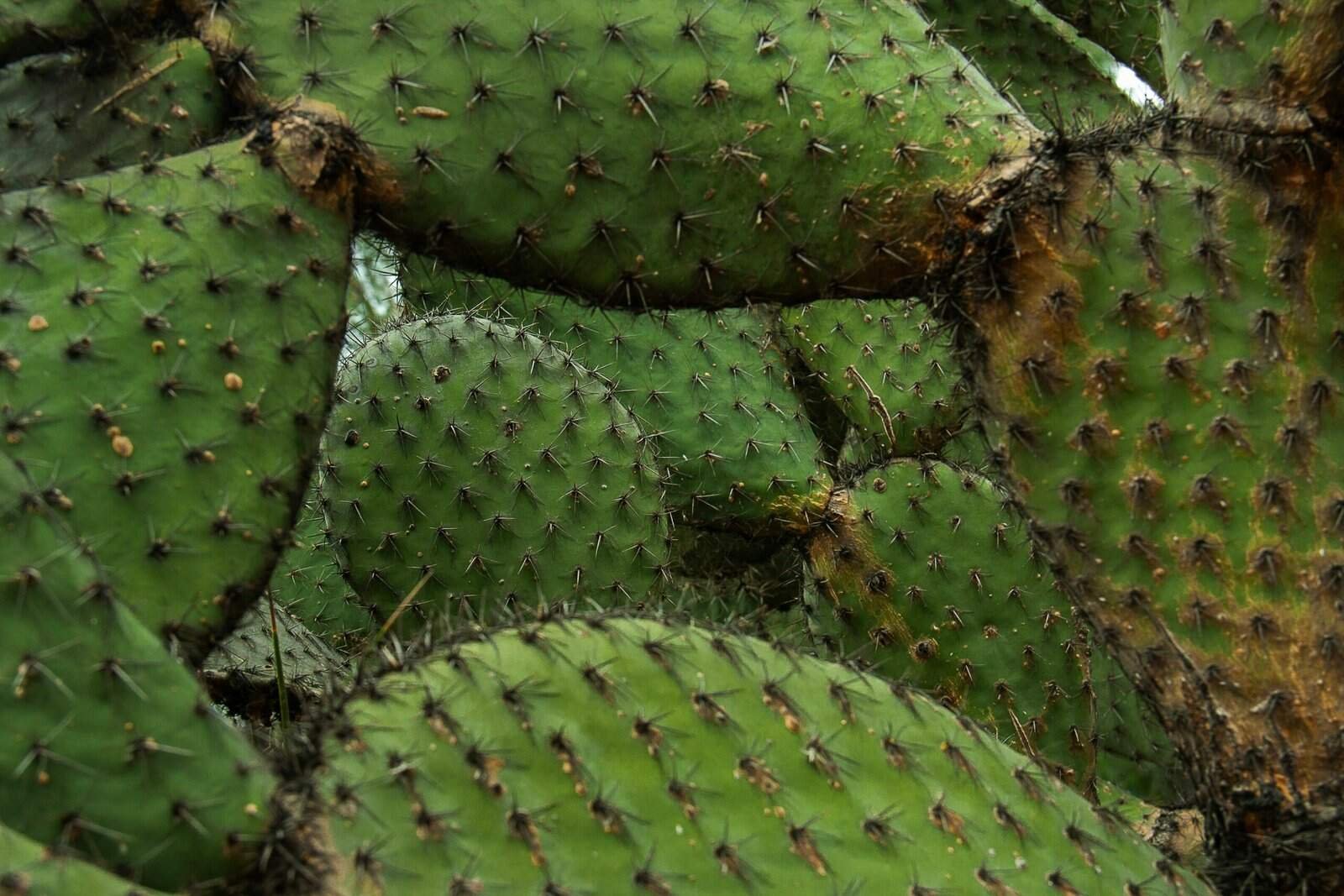Have you ever wondered how the Nopal cactus plays a role in supporting a healthy metabolism? This unique plant, often overlooked as just another prickly cactus, carries a nutritional punch that could transform the way you think about your diet and wellness. Let’s unravel the secrets of this vibrant flora and see how it could be a game-changer for your metabolic health.

What is Nopal Cactus?
The Nopal cactus, also known as Opuntia or prickly pear cactus, is a resilient plant native to Mexico and the southwestern regions of the United States. Its vibrant green pads, known as “nopales,” and its juicy fruits, referred to as “tunas,” are both edible and packed with nutritional benefits. Rich in vitamins, minerals, and fiber, the Nopal cactus has been a staple in traditional diets and holistic medicine for centuries.
A Brief History of Nopal Cactus Use
Used by indigenous people for thousands of years, Nopal cactus has cultural significance and medicinal uses that extend beyond dietary consumption. The Aztecs and other Mesoamerican cultures consumed it as a dietary staple, using it to treat various ailments. Presently, it is still prized in Mexican cuisine and folk medicine.
Nutritional Profile of Nopal Cactus
Understanding the nutritional composition of Nopal cactus can provide insight into how it supports a healthy metabolism.
Vitamins and Minerals
Nopal cactus is rich in essential vitamins and minerals such as vitamin C, vitamin A, vitamin K, potassium, magnesium, and calcium. These nutrients play crucial roles in your body, from boosting the immune system to preserving bone health.
Dietary Fiber Content
Nopal cactus is an excellent source of dietary fiber, which is vital for healthy digestion and metabolism. Fiber helps regulate the digestive system, promotes a feeling of fullness, and assists in maintaining stable blood sugar levels by slowing the absorption of sugar in your bloodstream.
Antioxidants
Rich in antioxidants like flavonoids, polyphenols, and betalains, Nopal helps combat oxidative stress in the body. Antioxidants support cellular health and protect against chronic disease, playing a vital role in overall metabolic health.
How Does Nopal Cactus Support Metabolism?
The metabolic advantages of incorporating Nopal cactus into your diet are numerous. Here’s how it can contribute to a healthy metabolism.
Blood Sugar Regulation
One of the most significant benefits of Nopal cactus is its ability to help regulate blood sugar levels. The fiber and pectin content can lower blood glucose spikes after meals, making it an excellent dietary addition for individuals managing diabetes or insulin resistance.
Weight Management
Thanks to its high fiber content, Nopal cactus may assist in weight management by promoting satiety, which can reduce overall calorie intake. It promotes a healthy gut environment, which is crucial for effective metabolism and weight control.
Cholesterol Control
Nopal cactus can also aid in controlling cholesterol levels. Studies suggest that consuming Nopal may help reduce LDL (bad cholesterol) while supporting HDL (good cholesterol), contributing to cardiovascular health.
Anti-inflammatory Effects
Chronic inflammation often ties to metabolic disorders. The anti-inflammatory properties of Nopal cactus come from its antioxidants and other bioactive compounds. These can help reduce inflammation in the body, supporting metabolic health and reducing the risk of metabolic syndrome.
Incorporating Nopal Cactus into Your Diet
Adding Nopal cactus to your diet is easier than you might think! It can be enjoyed in various forms, from fresh and canned to powders and supplements.
Culinary Uses
Fresh Nopales: These are typically grilled, boiled, or sautéed. They can be chopped and added to salads, tacos, and scrambled eggs. Their uniquely tangy flavor adds a nutritious twist to many dishes.
Prickly Pear Fruit: Also known as “tunas,” these sweet fruits can be eaten raw, juiced, or made into jams and syrups.
Nopal Powder: This is a convenient option for those who want to enjoy the benefits of Nopal without the preparation. It can be added to smoothies, soups, or beverages.
Nopal Supplements
For a more concentrated dose of Nopal’s benefits, supplements are available in capsules or tablets. These provide a practical alternative for those who may not enjoy the taste or texture of the cactus or for those with busy lifestyles.

Potential Side Effects and Precautions
Though beneficial, it’s essential to be mindful of potential side effects and interactions when consuming Nopal cactus.
Digestive Effects
While the high fiber content is generally a positive attribute, it may cause digestive discomfort in some people, particularly if introduced suddenly into the diet. Consider gradually increasing intake to give your digestive system time to adjust.
Allergies
Some individuals may have allergic reactions to Nopal cactus. Start with a small amount to check for any adverse effects, particularly if you have a known allergy to other cacti or plants.
Medication Interactions
If you’re on medication for blood sugar regulation or blood pressure, consult with a healthcare professional before incorporating Nopal into your routine. The cactus’s effects could amplify your medication, potentially leading to low blood sugar or blood pressure levels.
Scientific Research on Nopal Cactus and Metabolism
Research continues to uncover the many ways Nopal cactus can impact metabolic health. Here are summaries of findings from various studies:
Blood Sugar Control Studies
Several studies indicate that Nopal has a hypoglycemic effect, particularly when consumed with a high-carbohydrate meal. For individuals with type 2 diabetes, it can contribute to more stable glucose levels alongside medical treatments.
Impact on Weight Loss
Though not a magic weight loss solution, studies suggest that Nopal can support weight management efforts through its fiber content, promoting a feeling of fullness, and reducing overall calorie consumption.
Cardiovascular Benefits
Emerging studies also point to Nopal cactus’s potential in managing cholesterol levels. Regular consumption of Nopal has been associated with lowered LDL levels and improved heart health markers.

How to Select and Store Nopal Cactus
If you plan to enjoy fresh Nopal, selecting, and storing it correctly is key to experiencing its full benefits.
Selecting Fresh Nopal
Choose Nopal pads that are firm, green, and free of blemishes or signs of aging. Younger pads tend to be less bitter and are more tender, ideal for culinary uses.
Storage Tips
Store fresh Nopal in the refrigerator wrapped in plastic or in a sealed container to maintain freshness. Aim to use it within a week for the best flavor and nutritional content. Nopal powder and supplements should be stored in a cool, dry place to preserve their potency.
The Ecological Impact of Nopal Cactus
Beyond personal health, the Nopal cactus plays a vital role in the ecosystem. Its ability to thrive in arid conditions makes it an excellent plant for combating desertification and soil erosion, supporting biodiversity, and sequestering carbon.
Sustainability
Given its minimal water requirements and ability to grow in arid and nutrient-poor soils, Nopal cactus is a sustainable crop choice. Its cultivation helps conserve water resources and maintain soil quality, contributing positively to environmental sustainability efforts.
Local Economies
In regions where Nopal cactus is grown, it supports local economies by providing food, animal fodder, and a source of income through its various by-products. In addition, it holds cultural significance, providing a sense of heritage and identity in traditional farming communities.

Conclusion
Taking a closer look at the Nopal cactus unravels its potential to support a healthy metabolism through various pathways such as blood sugar regulation, weight management, and heart health. When incorporated thoughtfully into your diet, this resilient plant not only offers metabolic benefits but also packs a host of nutritional and ecological advantages. Whether consumed fresh, as a supplement, or in culinary creations, it presents a delightful opportunity to enhance your wellness repertoire. With its long history and vibrant future, the Nopal cactus stands out as a valuable ally in your journey to optimal health.

